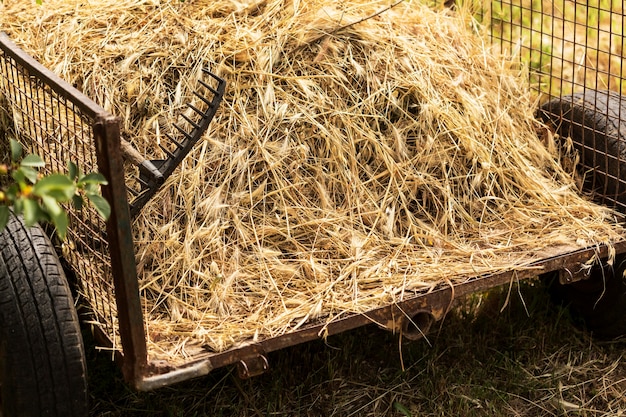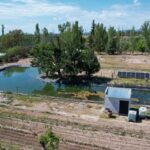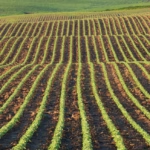Efficiently using hay balers and forage equipment is crucial for maximizing productivity and minimizing waste. Here are some tips to help you use these tools effectively:
- Choose the right equipment: Select hay balers and forage equipment that are suitable for your specific needs and conditions. Consider factors such as the size of your operation, the type of forage you’re working with, and the available resources (such as tractor horsepower) to ensure you have the right machinery for the job.
- Prepare the field: Before baling, make sure the field is properly prepared. Clear any debris, rocks, or other obstacles that could damage the equipment or contaminate the forage. Level the ground to prevent uneven bale formation.
- Adjust equipment settings: Familiarize yourself with the manufacturer’s instructions for your specific equipment model. Properly adjust the settings, such as bale size, density, and twine tension, to match the desired specifications for your bales. This will help optimize the baling process and produce consistent, high-quality bales.
- Monitor moisture content: Forage with high moisture content can result in spoilage, mold, and reduced forage quality. Use a moisture meter to determine the moisture content of the hay or forage. Ideally, baling should be done when the moisture content is around 15-20% for hay and 30-40% for silage. Adjust the baling schedule accordingly to ensure optimal forage preservation.
- Maintain the equipment: Regular maintenance is essential for the efficient operation of hay balers and forage equipment. Keep the equipment clean, lubricated, and properly adjusted. Follow the manufacturer’s recommended maintenance schedule, including oil changes, filter replacements, and greasing.
- Optimize field operations: Plan your baling activities to maximize efficiency. Consider factors such as weather conditions, drying time, and manpower availability. Aim to bale during periods of good weather to minimize delays and reduce the risk of spoilage. Efficiently organize the workflow to minimize idle time and ensure a steady supply of forage to the baler.
- Bale handling and storage: Once bales are formed, handle them with care to prevent damage and maintain forage quality. Use appropriate equipment, such as bale spears or forks, to move and stack bales efficiently. Store bales in a well-drained area, away from direct sunlight and moisture, to minimize spoilage.
- Continuous learning: Stay updated with the latest advancements in hay baling and forage equipment. Attend workshops, seminars, and training sessions to enhance your knowledge and skills. Networking with other farmers and industry experts can also provide valuable insights and tips for improving efficiency.
Safety should always be a top priority when operating hay balers and forage equipment. Follow all safety guidelines provided by the equipment manufacturer and take necessary precautions to protect yourself and others working around the machinery.







